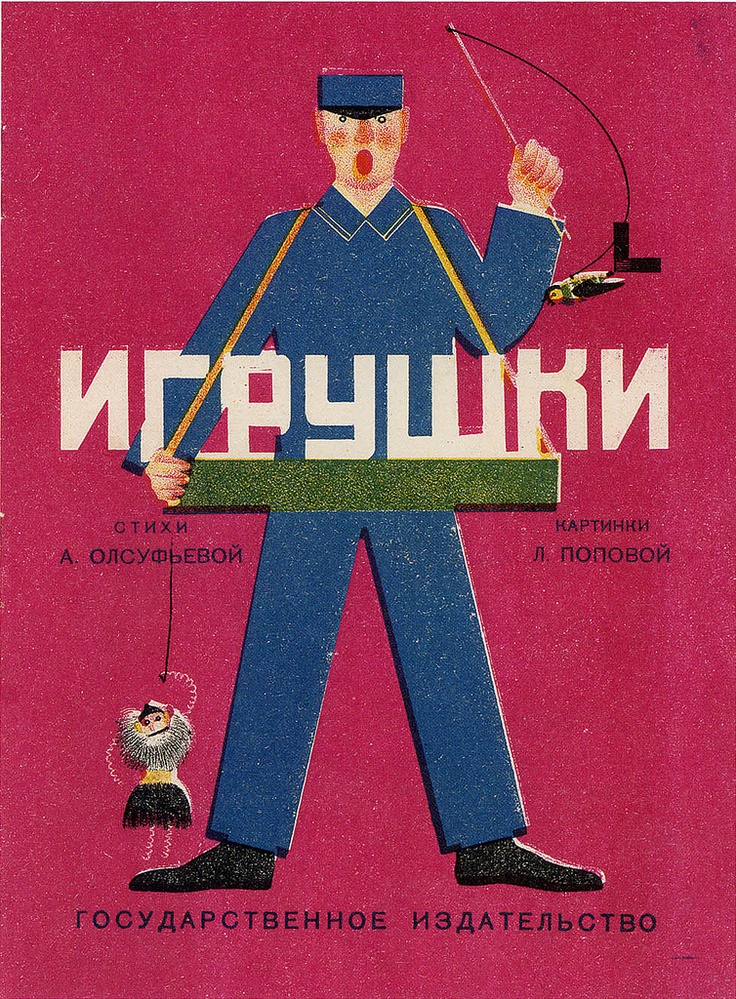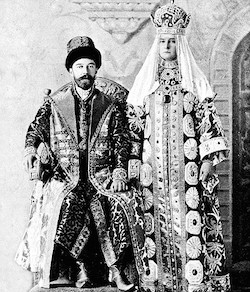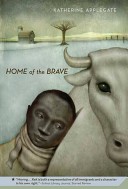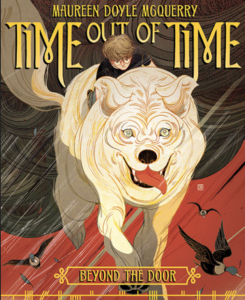by T. Gail Pritchard, The University of Arizona
 Perhaps one of the more scientific/medical controversies of the last few decades involves genetic modification, whether it is through altering an organism’s own DNA, adding new DNA, or cloning. In the following novels, the characters find themselves facing personal and societal consequences, while readers are left questioning their own assumptions about boundaries, scientific research, medical application, and how they define being human. Continue reading
Perhaps one of the more scientific/medical controversies of the last few decades involves genetic modification, whether it is through altering an organism’s own DNA, adding new DNA, or cloning. In the following novels, the characters find themselves facing personal and societal consequences, while readers are left questioning their own assumptions about boundaries, scientific research, medical application, and how they define being human. Continue reading



 Language binds the past to the present. With the advent of high-tech, wireless devices that is even more evident as people interact in new and unique ways reflecting rapid evolution in language. New words are born every day while other words slip into obscurity. In many ways, everyday language becomes a “fashion” as it mirrors social changes, trends, and contemporary issues. Historically linked language became really evident to me some weeks ago when I was watching a Korean reality show. An actor in his late 40’s used the word “Soviet” in place of Russia. When hearing this, other participants teased him as a veteran of the Ice Age.
Language binds the past to the present. With the advent of high-tech, wireless devices that is even more evident as people interact in new and unique ways reflecting rapid evolution in language. New words are born every day while other words slip into obscurity. In many ways, everyday language becomes a “fashion” as it mirrors social changes, trends, and contemporary issues. Historically linked language became really evident to me some weeks ago when I was watching a Korean reality show. An actor in his late 40’s used the word “Soviet” in place of Russia. When hearing this, other participants teased him as a veteran of the Ice Age. 




 Our writing for this week will take us to explore Home of the Brave, by Katherine Applegate (2008). This is the third book in the text set I created focusing on Global Explorations in verse for my children’s literature graduate course. In this story, we meet Kek, an 11-year-old refugee boy from Sudan, who is relocated to Minnesota escaping the civil war in his country, after witnessing the death of his father and brother. Unaware of her mother’s whereabouts, Kek joins his aunt and cousin in the U.S., and begins a memorable journey into learning to live in a different culture and in a different language. In this unforgettable story of hopefulness and resilience, Applegate makes use of spare free verse to tell Kek’s immigration story.
Our writing for this week will take us to explore Home of the Brave, by Katherine Applegate (2008). This is the third book in the text set I created focusing on Global Explorations in verse for my children’s literature graduate course. In this story, we meet Kek, an 11-year-old refugee boy from Sudan, who is relocated to Minnesota escaping the civil war in his country, after witnessing the death of his father and brother. Unaware of her mother’s whereabouts, Kek joins his aunt and cousin in the U.S., and begins a memorable journey into learning to live in a different culture and in a different language. In this unforgettable story of hopefulness and resilience, Applegate makes use of spare free verse to tell Kek’s immigration story. 
